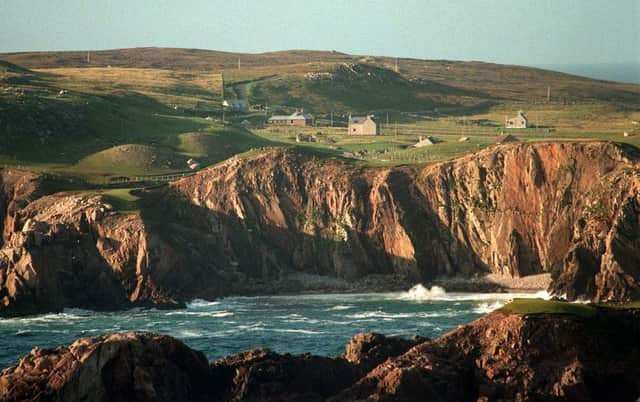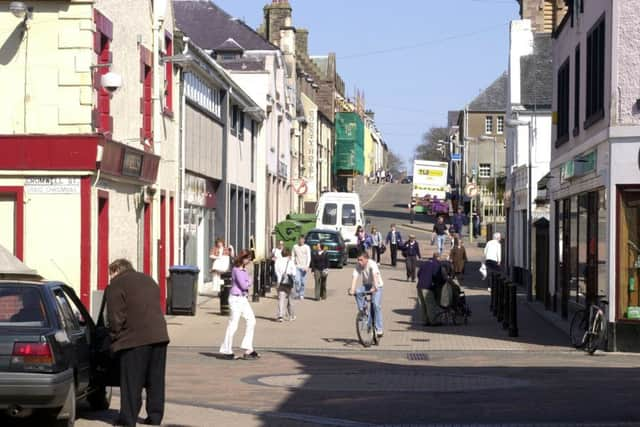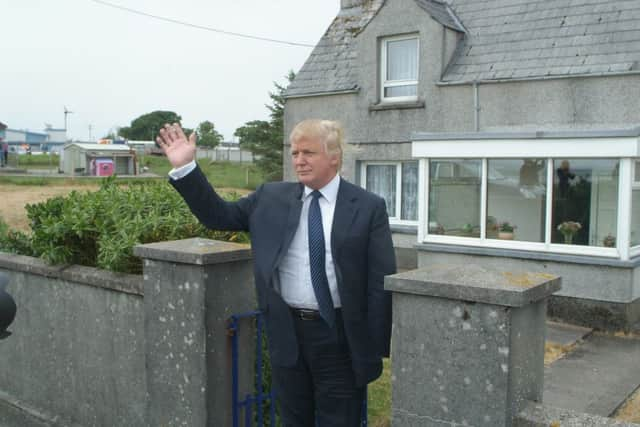Outer Hebrides battle to reverse steep population decline


MacLeod went on to marry Fred Trump, a wealthy New York housebuilder, and have five children. Her middle son, Donald, is now on the verge of being elected president of the United States.
But while life on the Outer Hebrides has changed considerably since the late Mrs Trump departed, one important social factor has remained constant - many young islanders are compelled to pursue their futures elsewhere.
Advertisement
Hide AdAdvertisement
Hide AdThe population of the Outer Hebrides is predicted to decline by 13.7 per cent by 2039 - the steepest fall of any Scottish region.


Of equal concern is the scale of demographic change. The number of islanders of working age is predicted to decline by 21 per cent, while the number of children aged 15 or below will fall by 28 per cent. At the same time, the numbers of people of pensionable age will rise by 11 per cent.
Comhairle nan Eilean Siar, the local authority for the Outer Hebrides, will host a seminar on November 7 and 8 to discuss what can be done to reverse the worrying trend.
“These figures sadly confirm what the comhairle has been saying over the years,” said council leader Angus Campbell.
“Population decline is the biggest threat facing our islands and action must be taken to stop and reverse the decline in numbers and the demographic imbalance.


“That is why we have been campaigning through the Our Islands Our Future campaign for more powers for the islands so that we can do more to shore up our populations.
“The comhairle is doing everything in its power to make our islands an attractive place to live and work but we need more assistance from Government at a UK and Scottish level to turn our aspirations into reality.
“Issues such as realising the renewable energy potential - which is dependent on a new interconnector - and control over the Crown Estate revenues and management will help give us the tools to do the job.
Advertisement
Hide AdAdvertisement
Hide Ad“Otherwise our people will continue to be forced to leave the islands to seek work and we will be left with an increasingly elderly population and the stresses that puts on services in an ever more challenging financial climate.


“That is why we are calling together our partners in the Community Planning partnership for a conference in just over a week’s time. We are pulling together at a local level and I hope that our ongoing discussions and work with Government at a Scottish and UK level will enable us to support the regeneration of our communities.”
The seminar is the first step towards developing a comprehensive policy framework to tackle population decline and migration issues.
The first day will consider local, national and international perspectives and hear from community planning partners on their approach and how they can contribute to developing an over-arching policy framework for population retention and growth.


Donald Trump has spoken regularly of his mother’s Hebridean heritage. He visited her home village of Tong, in north Lewis, in 2008.
Speaking at the time, he said: “I have not returned before because I’ve been so busy, working and having some fun in New York. I love seeing the house and have been hearing about it all my life. The house is smaller than I remember and it’s hard to believe it’s over 100 years old; it still looks very good.”
Trump’s mother was born in 1912, the seventh child of crofter Malcolm Macleod and his wife Mary Smith. She married Fred Trump in 1936, the wedding notice from the Stornoway Gazette announcing the news as ‘Tong Girl Weds Abroad’.
Asked if he felt Scottish, Trump said: “I think I do, although I don’t want you to ask me to define what that means. But I do feel I have something very strong from my mother.”